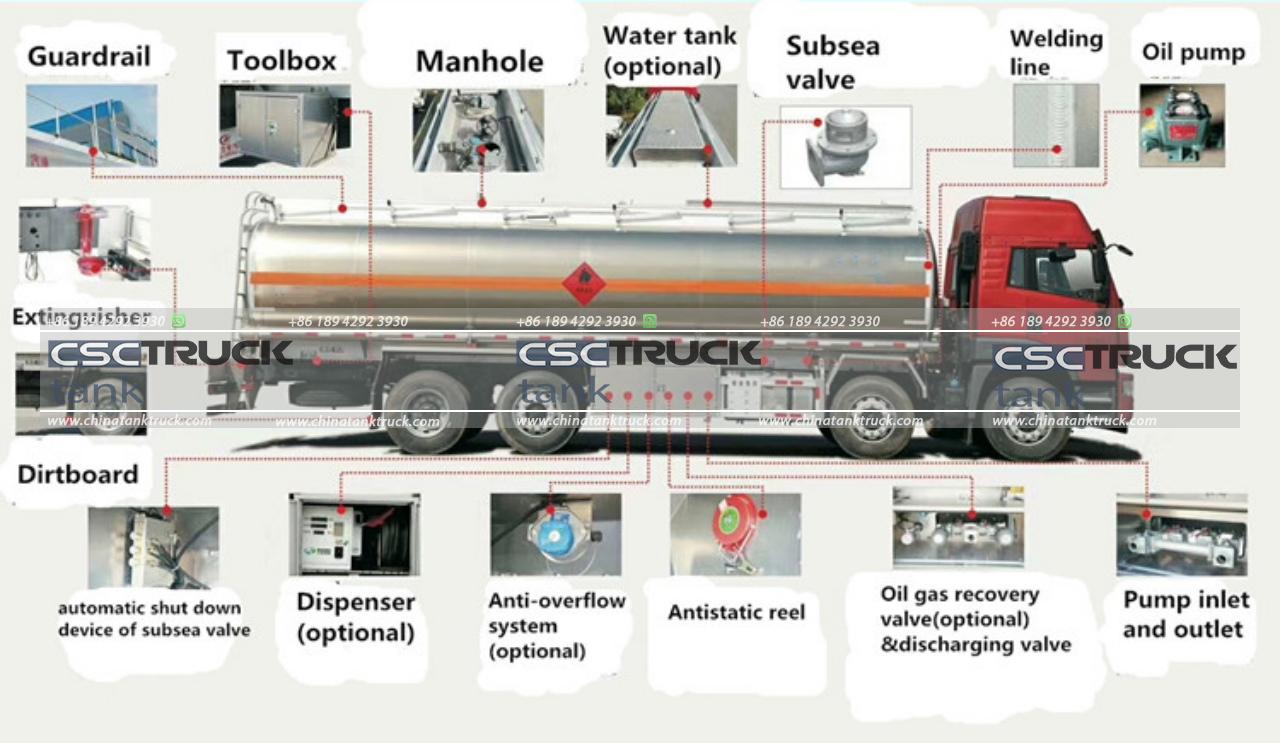How Many Litres is a Small Truck Fuel Tank?
Fuel tank size is vital for any vehicle, especially for trucks used for commercial and personal applications. The capacity of a small truck fuel tank varies widely depending on factors like truck type, intended use, fuel type, and efficiency considerations. On average, a small truck’s fuel tank typically holds anywhere from 60 to 120 liters, though some models might fall outside this range. Below, we’ll examine the types of small trucks, the factors influencing fuel tank capacity, and why fuel efficiency is key for small truck owners.
1. Types of Small Trucks and Typical Fuel Tank Sizes
Small trucks fall into several categories, and their fuel tank capacities often align with their intended use:
– Light-Duty Pickup Trucks: These are generally small, versatile trucks for light hauling, commuting, and recreational purposes. They often feature fuel tanks between 60 and 80 liters, making them well-suited for everyday use without excessive fuel consumption.
– Compact Trucks: Known for their maneuverability and fuel economy, compact trucks often serve as light commercial vehicles or family utility trucks. These vehicles tend to have fuel tanks ranging from 50 to 70 liters, sufficient for shorter commutes and light-duty work.
– Small Commercial Trucks (Class 1-3): These include delivery vans, utility trucks, and other commercial vehicles in the smallest truck classes. The fuel tank capacity in this category ranges widely, from 70 to 120 liters, as these vehicles often need enough range to complete a full day of deliveries or service calls.
– Diesel Small Trucks: Trucks with diesel engines tend to have slightly larger tanks due to the higher energy density of diesel and its typical use in commercial settings. Diesel small trucks commonly feature fuel tanks between 80 and 120 liters.
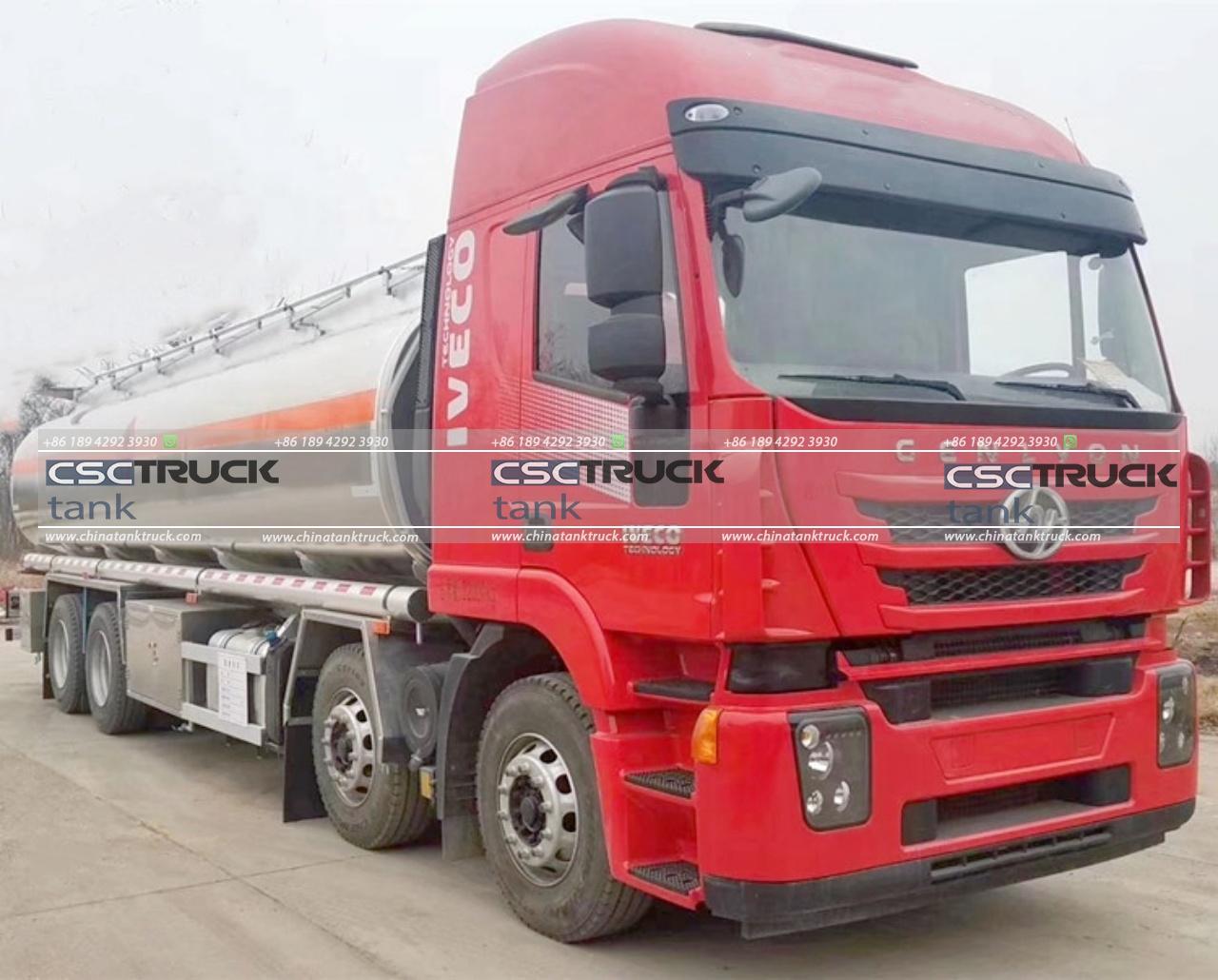
2. Factors Influencing Fuel Tank Capacity
The size of a small truck’s fuel tank is influenced by several factors, each designed to optimize efficiency, range, or utility.
a. Truck’s Intended Use
A small truck intended for frequent or long-haul trips, such as a delivery truck, will generally have a larger tank to minimize refueling needs. Conversely, trucks designed for urban or residential use may have smaller tanks to keep overall vehicle weight down and improve fuel efficiency.
b. Fuel Type
Diesel engines often come with larger fuel tanks due to diesel’s energy density, which provides better fuel economy and thus longer range per liter. Gasoline trucks, on the other hand, typically have smaller tanks since they tend to be used more for light-duty, shorter trips.
c. Engine Size and Fuel Efficiency
Smaller, more efficient engines generally need less fuel, allowing for a smaller tank without sacrificing range. Some manufacturers optimize fuel tank capacity based on expected mileage per liter, balancing vehicle weight with sufficient fuel storage for typical usage.
d. Space and Weight Constraints
Manufacturers must consider the physical space available for the fuel tank in the truck’s design. A larger fuel tank can increase the truck’s weight, reducing payload capacity and potentially impacting performance. For small trucks, maintaining a balance between fuel tank size and cargo capacity is critical.
3. Common Fuel Tank Sizes in Popular Small Trucks
Different brands and models of small trucks offer varied fuel tank capacities based on the factors above. Below are some typical examples:
– Ford Ranger (gasoline model): 64-80 liters
– Toyota Tacoma: 75 liters
– Chevrolet Colorado: 70-80 liters
– Isuzu D-Max: 65-76 liters
– Mitsubishi Triton: 75 liters
These figures can vary depending on the model year, trim level, and optional features, but they generally provide a range that reflects common small truck fuel tank capacities.
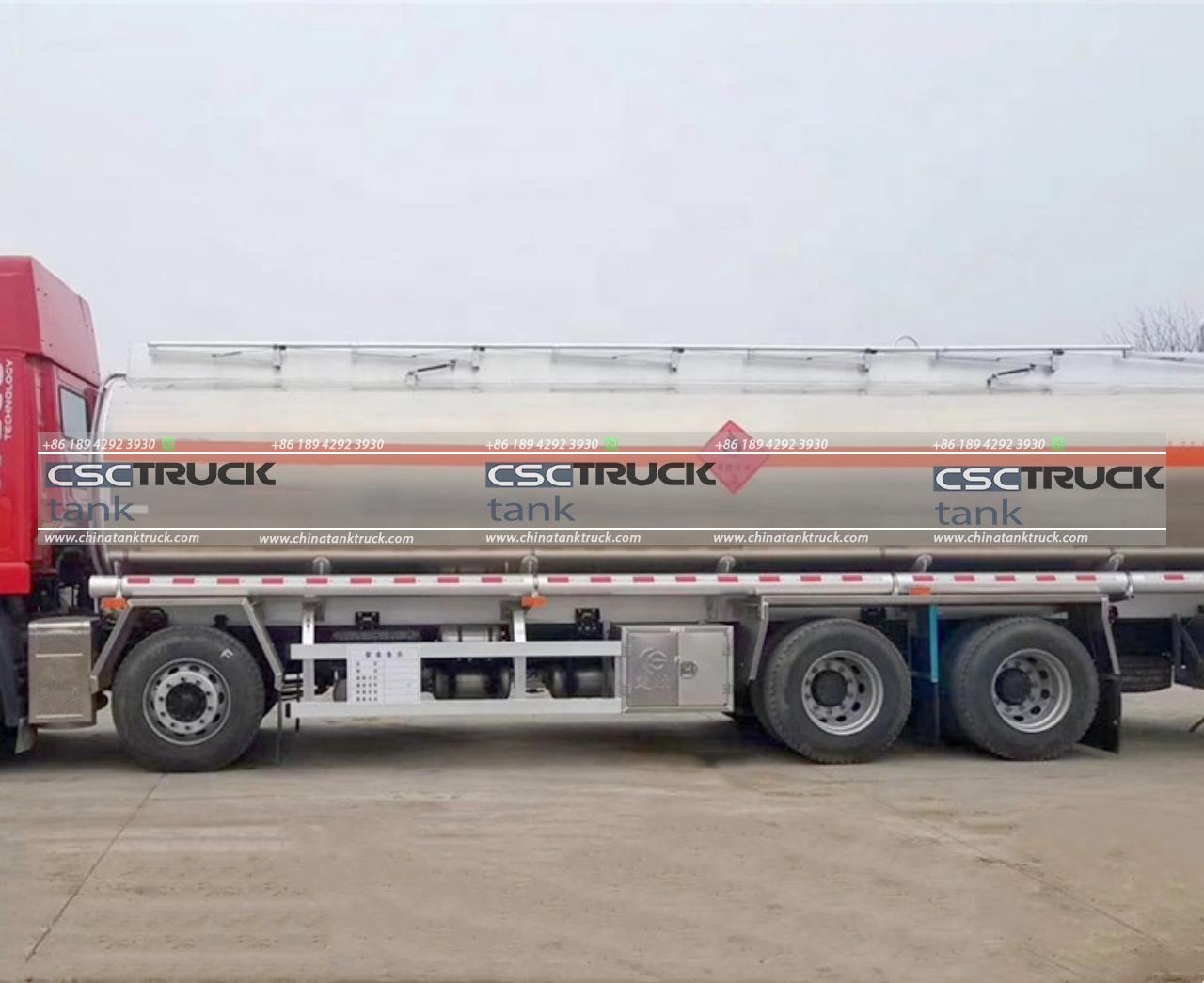
4. Fuel Efficiency and Range
The fuel tank size alone doesn’t determine how far a truck can go on a full tank; fuel efficiency is equally important. Small trucks are often designed to optimize fuel consumption, especially for urban and light-duty use. For example, a small truck with a fuel efficiency of 10 kilometers per liter and a 70-liter tank would have an approximate range of 700 kilometers on a full tank. Improved fuel economy translates into fewer stops for fuel, making even smaller tanks viable for many users.
Fuel Efficiency Tips for Small Truck Owners
Maximizing a small truck’s fuel efficiency can help get the most out of its tank capacity. Here are some practical tips:
– Maintain Optimal Tire Pressure: Underinflated tires increase rolling resistance, which decreases fuel efficiency.
– Avoid Excessive Idling: Idling consumes fuel without contributing to the distance covered.
– Limit Cargo Load: Carrying unnecessary weight forces the engine to work harder, increasing fuel consumption.
– Drive Smoothly: Gradual acceleration and deceleration reduce fuel usage compared to aggressive driving.
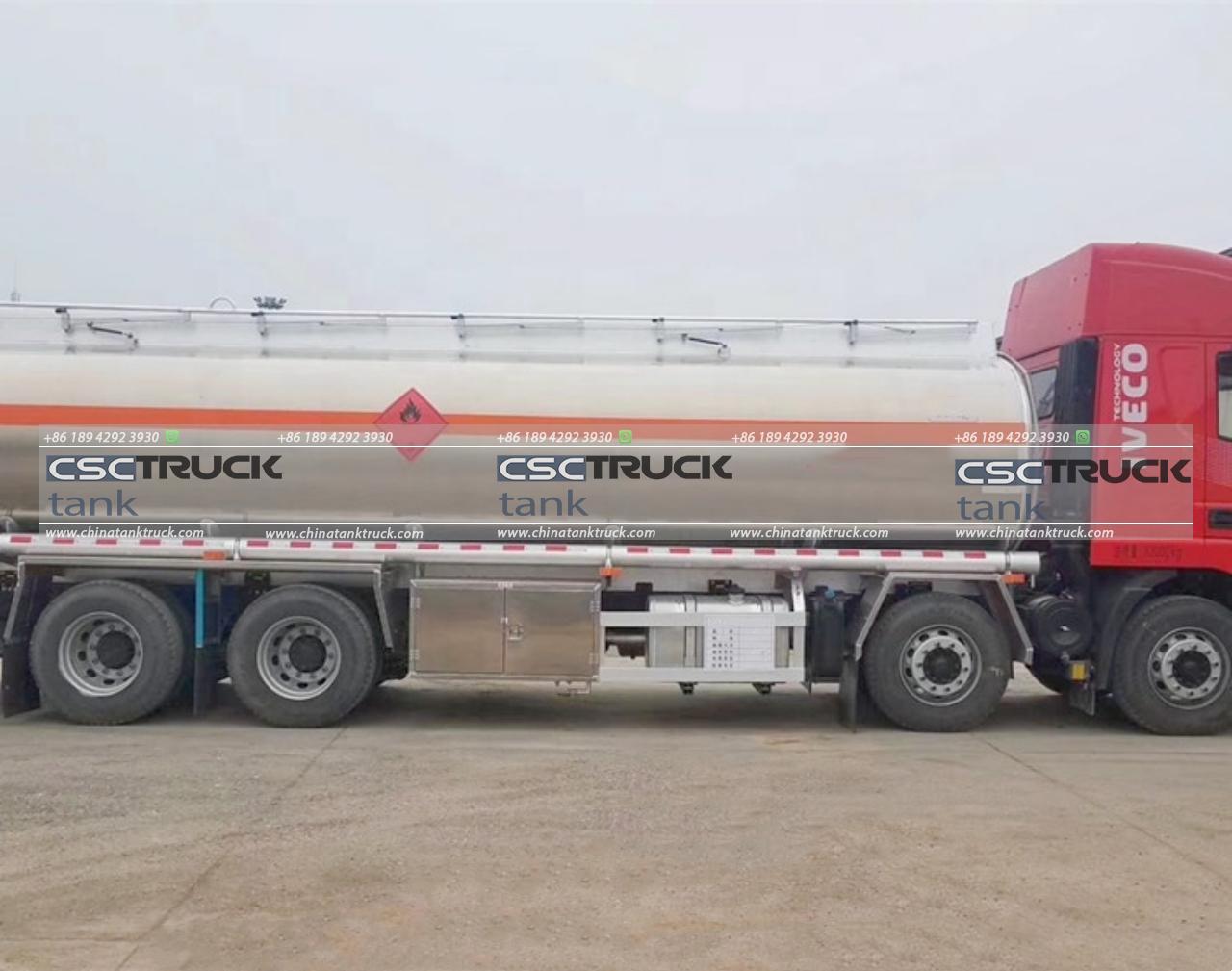
5. Calculating Costs Based on Fuel Tank Size and Consumption
Understanding the costs associated with a small truck fuel tank involves both the capacity and fuel type. Diesel fuel is often cheaper on a per-kilometer basis due to better mileage, but initial fill-up costs for a large diesel tank can be higher. Here’s a quick calculation to illustrate:
– Gasoline Truck (70 liters, 12 km/l efficiency)
If fuel costs $1.50 per liter, filling a 70-liter tank costs $105 and yields approximately 840 kilometers of range.
– Diesel Truck (90 liters, 15 km/l efficiency)
At $1.30 per liter for diesel, filling a 90-liter tank costs $117 and offers a range of about 1,350 kilometers.
These figures highlight that while diesel engines might be more expensive to fill initially, the overall cost per kilometer is often lower.
6. Importance of Fuel Tank Size in Different Driving Conditions
Whether a small truck’s fuel tank capacity is sufficient depends on driving conditions. For rural or off-road use, a larger tank can be beneficial, as refueling stations may be sparse. For urban environments, a smaller, more fuel-efficient tank is often enough, especially with the higher availability of refueling options.
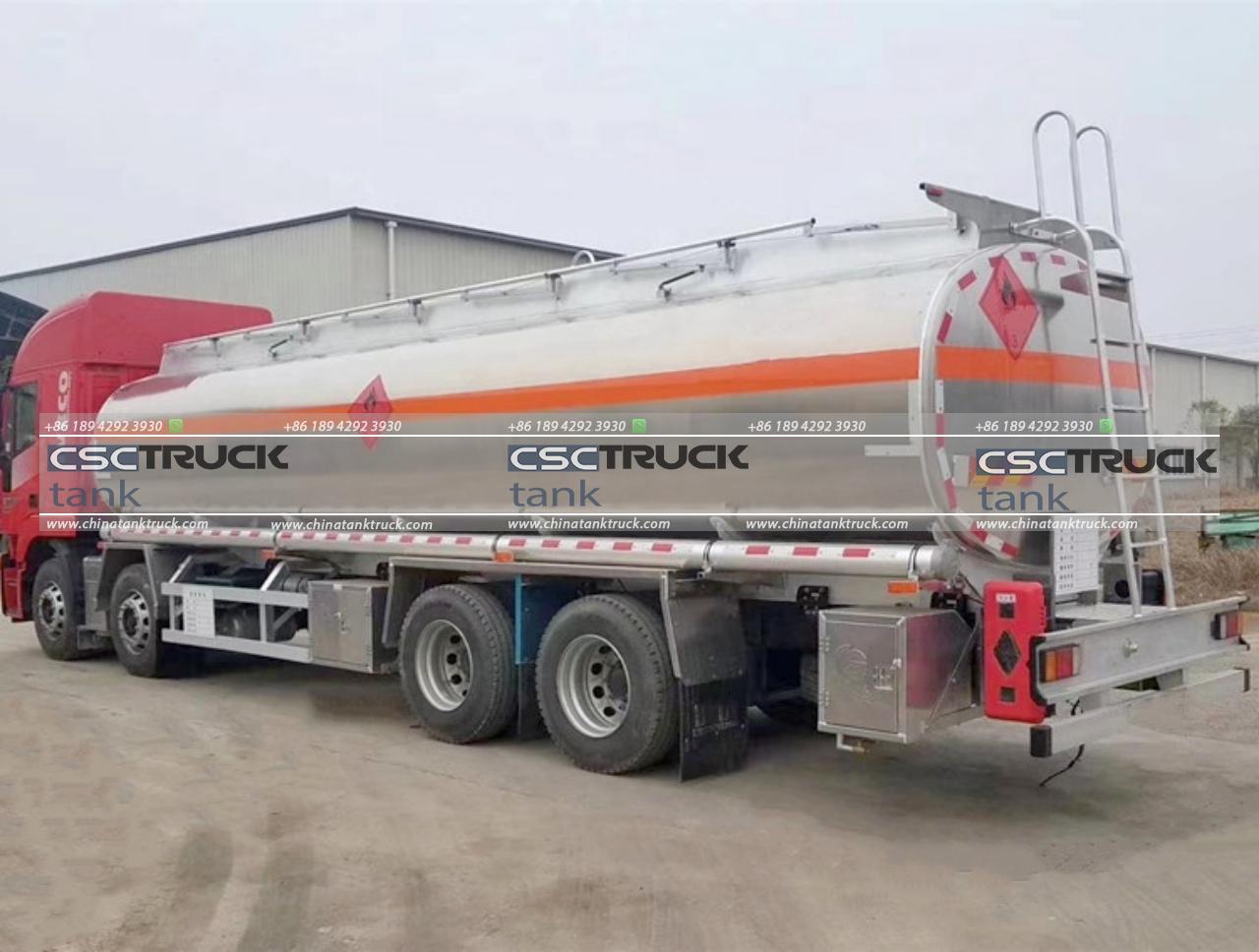
7. Fuel Tank Design Innovations
Modern small trucks are increasingly utilizing advanced tank designs to maximize space efficiency and improve safety. Features like anti-slosh baffles prevent fuel from moving around too much inside the tank, maintaining balance and preventing instability. Other innovations include dual-tank systems in some trucks, which allow drivers to switch between tanks and potentially carry 2 types of fuel or have a backup in remote areas.
Conclusion
Small truck fuel tanks generally range from 60 to 120 liters, depending on the type, engine size, intended use, and fuel type. Light-duty trucks, compact trucks, and diesel models all have unique requirements that impact fuel tank size, balancing the need for range with factors like weight and efficiency. For small truck owners, understanding these variables can help optimize fuel consumption, reduce operational costs, and select the right truck based on their needs.
